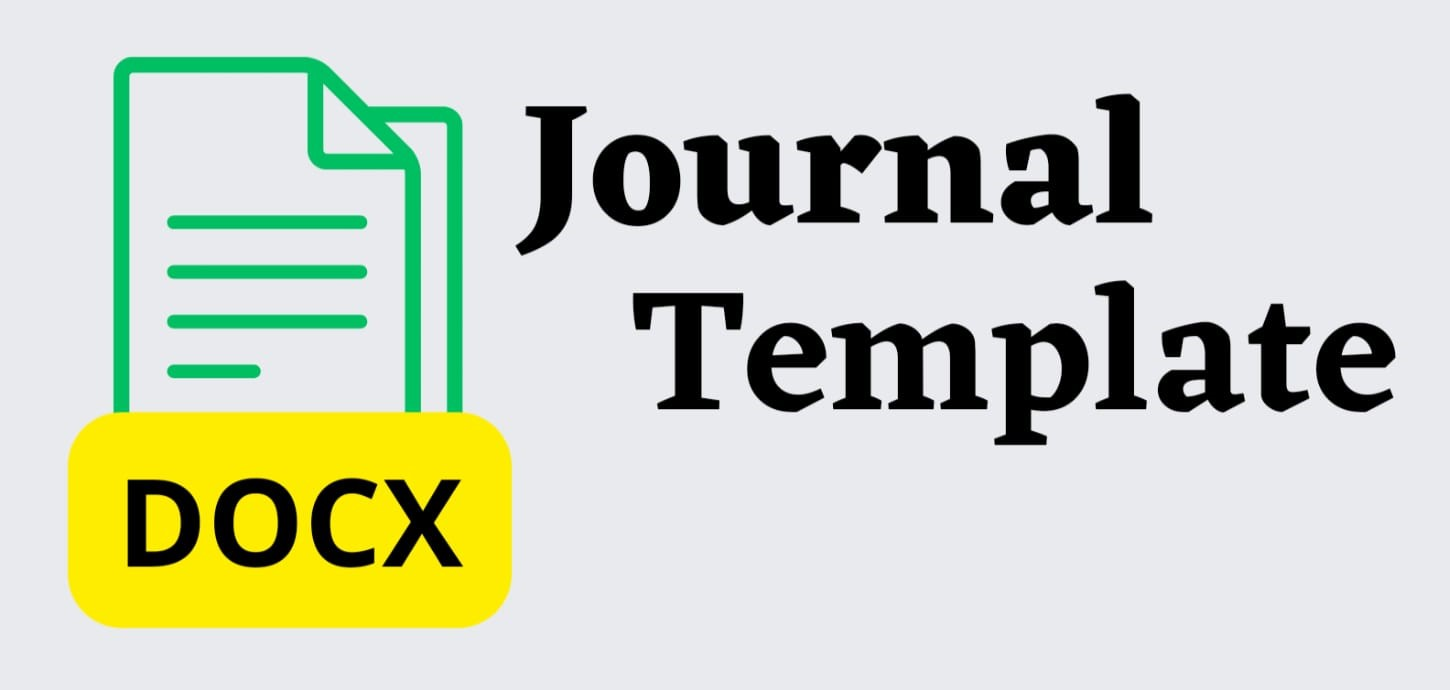PENGARUH KONTROL DIRI TERHADAP PERILAKU PENGENDARA TRANSPORTASI ANGKUTAN BARANG DI KOTA MAKASSAR
(1) Universitas Patompo Makassar
(2) Pendidikan Kependudukan dan Lingkungan Hidup, Universitas Negeri Makassar
(3) Pendidikan Teknik Bangunan, Fakultas Teknik Universitas Negeri Makassar
(*) Corresponding Author
DOI: https://doi.org/10.26858/uej.v7i1.60647
Abstract
Keywords
Full Text:
PDFReferences
Brotodewo, N. (2010). Penilaian indikator transportasi berkelanjutan pada kawasan metropolitan di Indonesia. Jurnal Perencanaan Wilayah Dan Kota, 21(3), 165–182.
Galkin, A., Nazarov, O., Shapoval, G., Kolosok, V., Khodova, Y., & Kuznetsov, A. (2022). Assessment of the urban freight regulations impact on the transportation cost. Acta Logistica, 9(2), 123–130.
Hatmoko, J. U. D., Setiadji, B. H., & Wibowo, M. A. (2019). Investigating causal factors of road damage: a case study. MATEC Web of Conferences, 258, 2007. EDP Sciences.
Hofmann, W., Baumeister, R. F., Förster, G., & Vohs, K. D. (2012). Everyday temptations: an experience sampling study of desire, conflict, and self-control. Journal of Personality and Social Psychology, 102(6), 1318.
Kusumadewi, S., Hardjajani, T., & Priyatama, A. N. (2012). The correlation between The Social Support of Peer Group and Self-control Towards The Obedience of The Rule in The Teenage Girls of The Assalam Modern Islamic Boarding School Sukoharjo. Jurnal Ilmiah Psikologi [e-Journal], 1(2), 1–10.
LUTFIE, M. (2018). STUDI EKSPERIMENTAL EMISI TRUK BERGERAK PADA JALAN NASIONAL ANTAR KOTA (STUDI KASUS JALAN POROS MALINO). Universitas Hasanuddin.
Milyavskaya, M., Saunders, B., & Inzlicht, M. (2021). Self‐control in daily life: Prevalence and effectiveness of diverse self‐control strategies. Journal of Personality, 89(4), 634–651.
Moriarty, K., Elchinger, M., Hill, G., Katz, J., & Barnett, J. (2014). Cacao intensification in Sulawesi: a green prosperity model project. National Renewable Energy Lab.(NREL), Golden, CO (United States).
Mugista, A. M. (2014). Self Control dengan Prokrastinasi pada Mahasiswa dalam Menyelesaikan Tugas Perkuliahan. Jurnal Online Psikologi, 2(02).
Richardson, A. D., & Hollinger, D. Y. (2005). Statistical modeling of ecosystem respiration using eddy covariance data: maximum likelihood parameter estimation, and Monte Carlo simulation of model and parameter uncertainty, applied to three simple models. Agricultural and Forest Meteorology, 131(3–4), 191–208.
Shah, R., Sharma, Y., Mathew, B., Kateshiya, V., & Parmar, J. (2016). Review paper on overloading effect. International Journal of Advanced Scientific Research and Management, 1(4), 131–134.
Sukmandari, E. A., & Subekti, A. T. (2020). Penerapan Keselamatan Berkendara Pada Remaja Sebagai Upaya Menurunkan Angka Kecelakaan Lalu Lintas. Jabi: Jurnal Abdimas Bhakti Indonesia, 1(2), 7.
Yang, H., & Ozbay, K. (2011). Estimation of traffic conflict risk for merging vehicles on highway merge section. Transportation Research Record, 2236(1), 58–65.
Article Metrics
Abstract view : 15 times | PDF view : 7 timesRefbacks
- There are currently no refbacks.

